Let’s discuss an issue that has an immediate and profound impact on our society - developing a comprehensive, pragmatic, and strategic plan for disaster recovery.
In the fall of 2018, Paradise, California, was nearly obliterated by the deadliest wildfire in the state's history. The community, businesses, and government agencies came together, employing a phased approach to recovery that helped them rebuild and more antifragile.
The spirit of Paradise is what we need to emulate as we discuss developing a comprehensive, pragmatic, and strategic plan for natural disaster recovery. Drawing from the principles of Antifragility, as the scholar Nassim Nicholas Taleb proposed, I propose a 30-60-90 day plan for disaster recovery.
In his book "Antifragile: Things That Gain From Disorder, " Taleb introduced the world to a concept that extends beyond the traditional notions of resilience and robustness. An antifragile system not only withstands shocks, volatility, and failures but actively benefits and improves from these disturbances. This concept is a guiding principle to rethink our approach to disaster recovery.
Imagine, if you will, a society that does not merely bounce back from a disaster but uses the experience to grow, strengthen, and to better prepare for the future. This is the vision of an antifragile society that we should aspire to.
Let's break down this plan into three phases: the immediate response (first 30 days), the recovery phase (30-60 days), and the resilience-building phase (60-90 days).
30 Days
In the initial 30 days following a disaster, the priority is to ensure the continuity of businesses and restore critical infrastructure. Businesses are often the economic heartbeat of a community, providing jobs, services, and stability. To enable businesses to continue operations post-disaster, we need a system that can accommodate temporary facilities, facilitate remote work, and reroute supply chains. We must also consider the financial and regulatory support governments can provide during this phase. Immediate financial relief, streamlined regulations, and expedited permits can all contribute to minimizing business disruptions.
60 Days
From day 30 to day 60, the focus should shift to the broader community. The physical infrastructure is only one aspect of a community - the emotional, social, and economic fabric. Community support groups, mental health initiatives, and job support programs are crucial during this phase. Businesses can contribute to these efforts by supporting local initiatives, providing job opportunities, and actively participating in community rebuilding efforts.
90 Days
Moving into the third phase, from day 60 to day 90, we must focus on building long-term resilience. This is where the principles of antifragility genuinely shine. We must strive not just to restore our communities and businesses to their pre-disaster state but to improve them, to enhance their ability to withstand future disasters. This involves investments in physical infrastructure improvements, policy changes, and robust emergency response plans.
Putting It Together
This 30-60-90 day plan for disaster recovery, inspired by the principles of antifragility, presents us with an opportunity not just to survive disasters but to learn, adapt, and grow from them. By ensuring business continuity, supporting community recovery, and building long-term resilience, we can create an antifragile society that does not merely resist shocks but thrives in their aftermath.
As we progress, I urge each of us to contemplate embodying these principles in our respective roles. Let us view disasters not as insurmountable hurdles but as catalysts for growth and improvement.
The road to recovery is not simply about restoring what was lost but reimagining, reinventing, and improving for the future. Our 30-60-90 day plan, therefore, cannot be a rigid blueprint but a flexible, evolving strategy that is constantly enriched by our experiences and learnings.
In the first 30 days, businesses must be supported to stand back on their feet, provide essential services and jobs to the community, and maintain the region's economic stability. This phase is crucial for temporary facilities, alternative operating models, and financial support. Government policies should be targeted toward providing immediate relief, simplifying regulations, and speeding up bureaucratic processes.
In the second phase, from day 30 to day 60, it's time to shift our focus to the community. The recovery of physical infrastructure is only one part of the equation. Equally important is the community's emotional, social, and economic recovery. Community support groups, mental health initiatives, and job support programs are crucial during this phase. Businesses, too, have a significant part to play - from providing jobs to supporting local initiatives and contributing to rebuilding the community.
From day 60 to day 90, the final phase is building long-term resilience. It's not just about returning to the pre-disaster state but about improving, learning, and becoming more resilient to future disasters. This involves investments in infrastructure, policy changes, and the development of robust emergency response plans.
Government policies can significantly contribute to this process. Tax incentives for businesses that contribute to the recovery efforts can be a potent tool for encouraging participation. Similarly, simplifying and speeding up bureaucratic processes can go a long way in expediting recovery and fostering antifragility.
The 30-60-90 day plan, inspired by the principles of antifragility, offers us a path to survive disasters and thrive in their aftermath. It ensures business continuity, aids community recovery, and fosters long-term resilience, creating an antifragile society.
Consider incorporating these principles into your work and influence as we move forward. Whether we are business leaders, policymakers, or community members, we have a role in creating a society that learns, adapts, and improves from shocks rather than just resisting them.
Bringing us back to the story of Paradise, California, what made their recovery remarkable was their unwavering commitment to rebuilding and improving their town. Their ability to adapt, learn, and grow from their experience embodies antifragility principles.
As we move forward, let each of us draw inspiration from their story. Let us view disasters not as insurmountable hurdles but as catalysts for growth and improvement. Let us strive to create not just resilient but antifragile societies.
Let the story of Paradise, California, serve as a beacon for us all - a testament to the power of resilience and the promise of antifragility. As we endeavor to create our 30-60-90 day disaster recovery plan, let us do so with the commitment to learn, adapt, and improve, just as the people of Paradise did.
The road to recovery is about rebuilding what was lost and reimagining and reinventing for a better future. Our 30-60-90 day plan should be a living document, constantly evolving and improving based on our experiences and learnings.
Let us commit to creating a stronger, more resilient, and genuinely antifragile society.




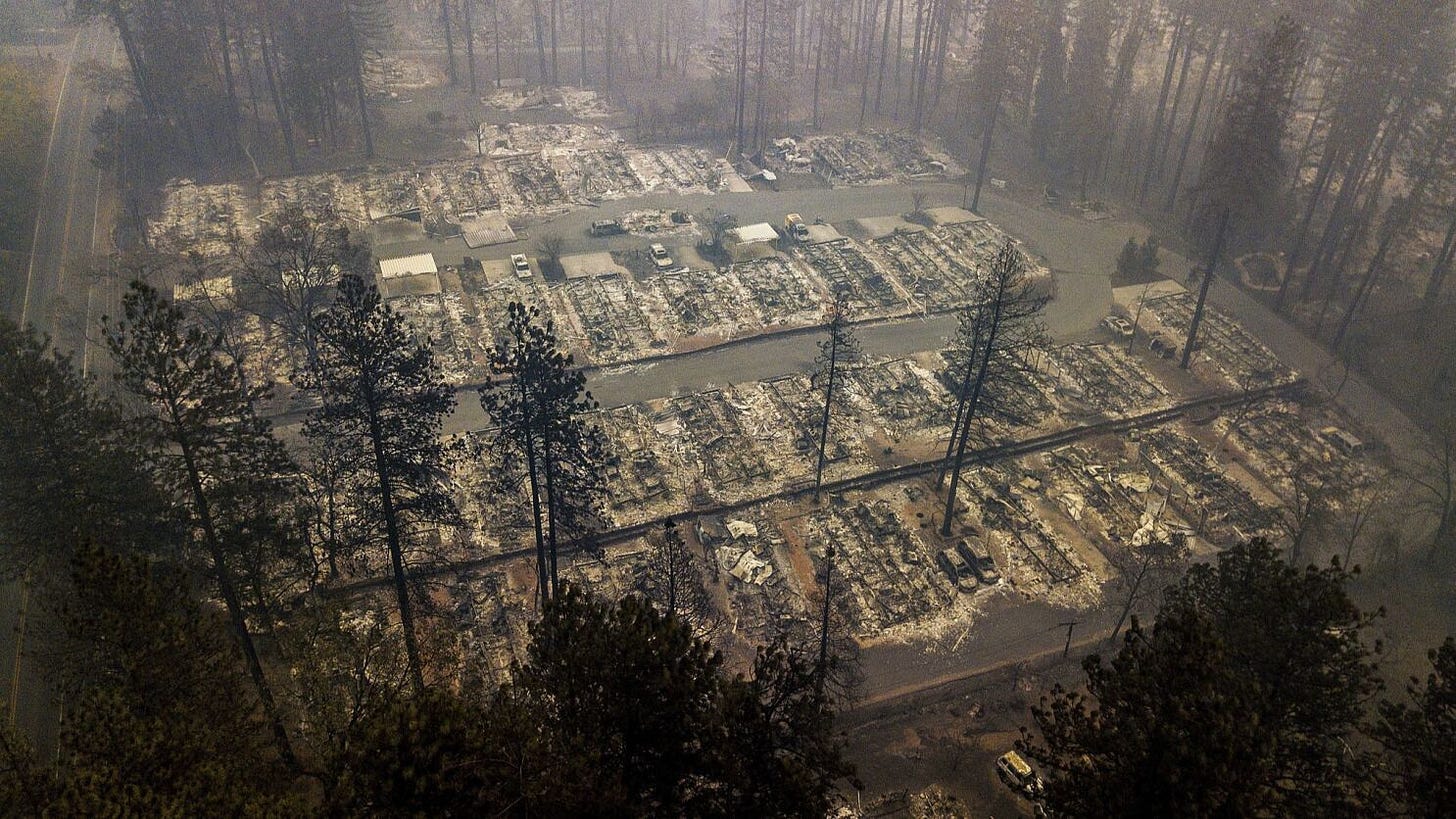
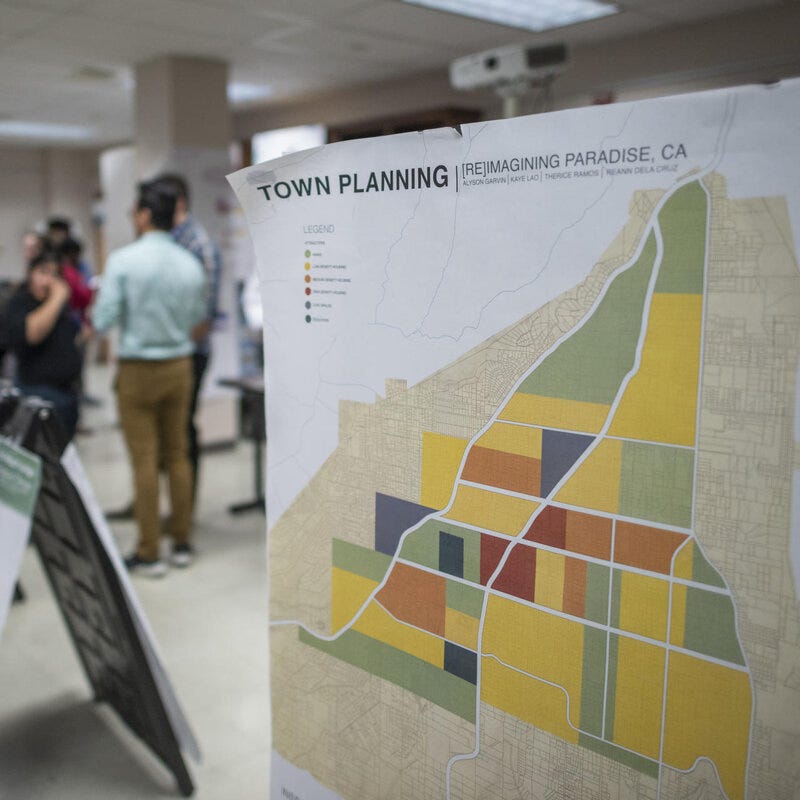
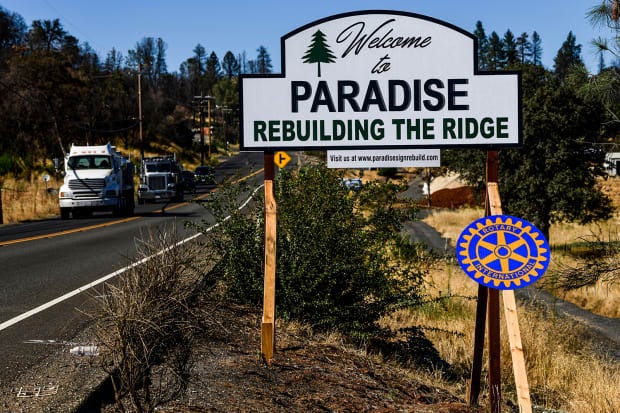
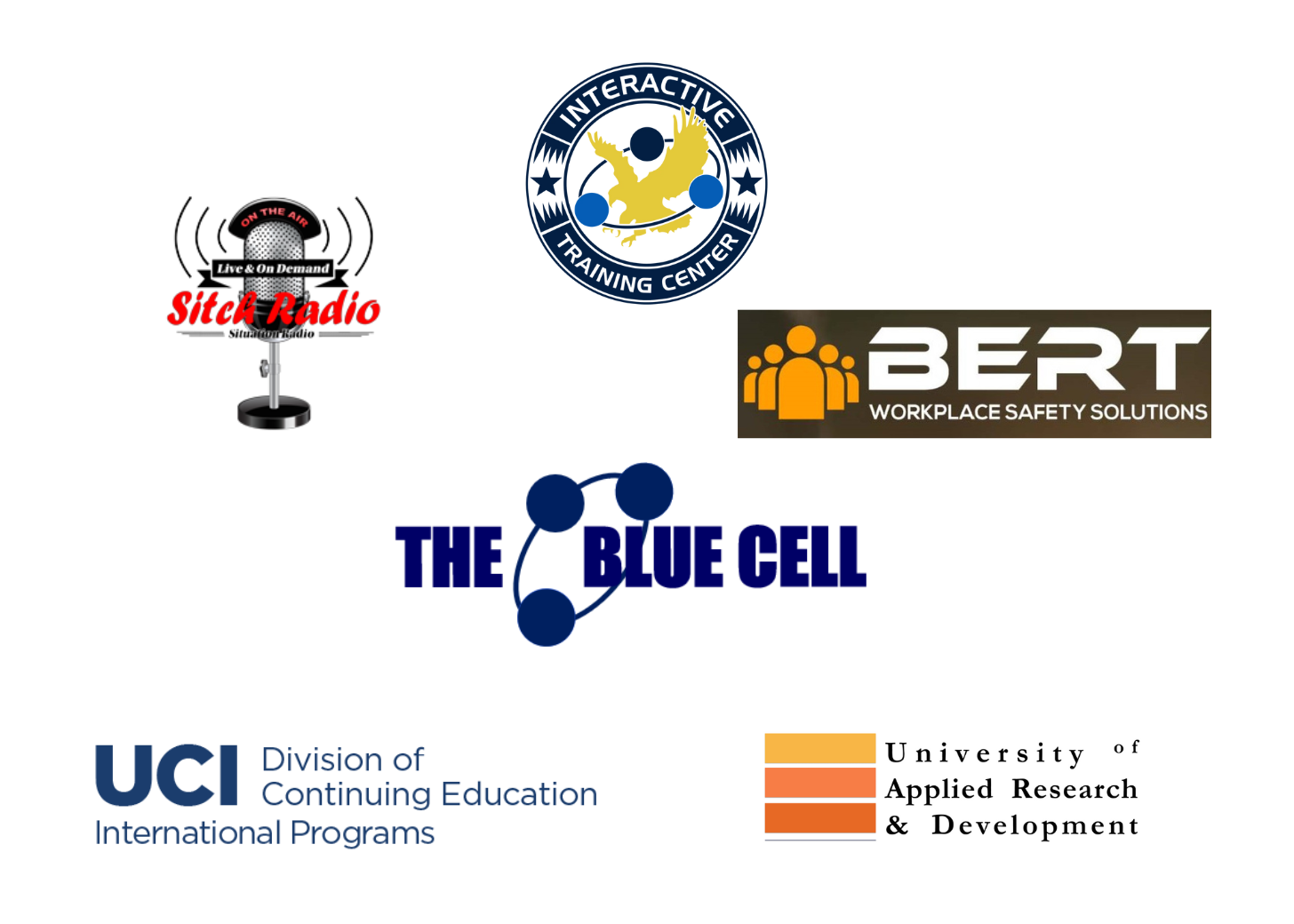


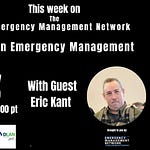



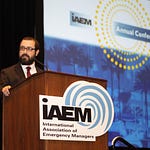

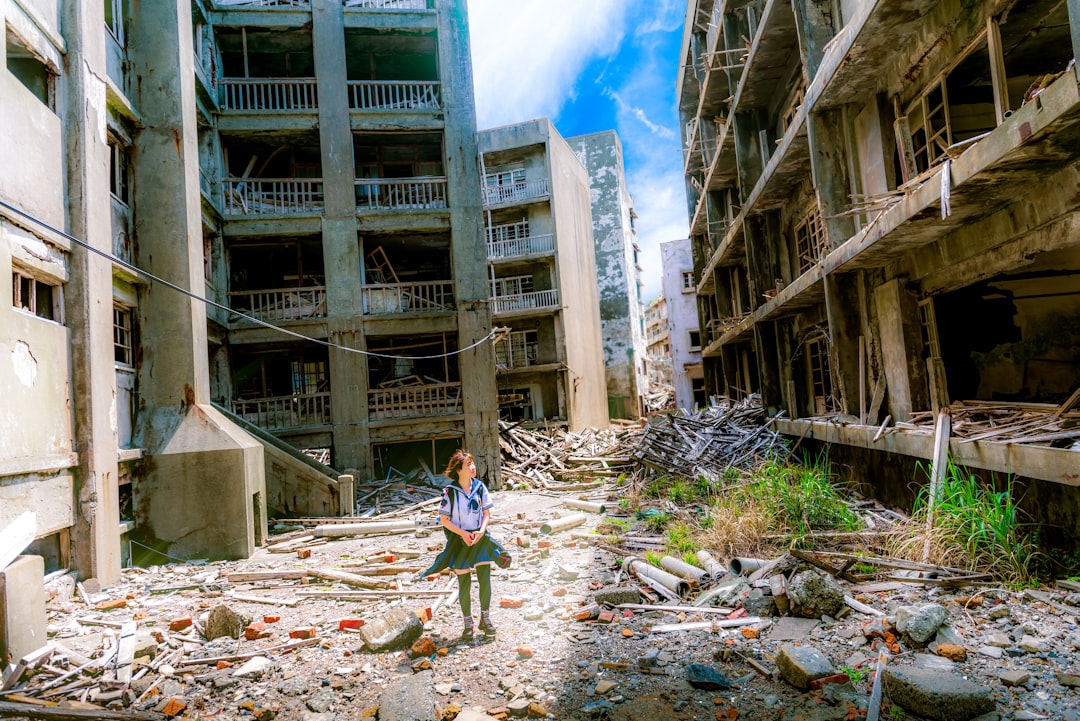
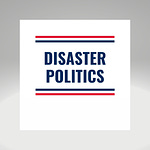

The 30-60-90 Day Principle of Disaster Recovery